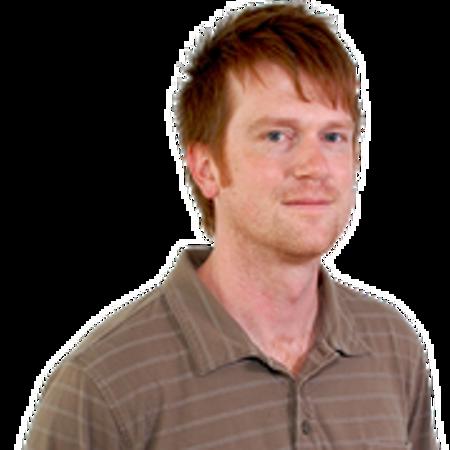Scott K Bogner
Professor, Department of Physics & Astronomy
Location: 2111 640 S Shaw Ln Room 2111
Email: sbogner@msu.edu
Bio
My research focuses on applications of renormalization group (RG) and effective field theory (EFT) methods to the microscopic description of nuclei and nuclear matter. EFT and RG methods have long enjoyed a prominent role in condensed matter and high energy theory due to their power of simplification and generality. More recently, these complementary techniques have become quite widespread in low-energy nuclear physics, enabling for the first time the prospect for model-independent calculations of nuclear structure with controllable theoretical errors. From a computational perspective, the use of EFT and RG techniques substantially simplifies many-body calculations by restricting the necessary degrees of freedom to the energy scales of interest. A consequence of using such methods to eliminate irrelevant high-momentum degrees of freedom is that nuclear many-body calculations become much more amenable to straightforward perturbative methods, simple (i.e., less correlated) variational ansätze, and rapidly convergent basis expansions. Since a mean-field description now becomes a reasonable starting point for nuclei and nuclear matter, the large arsenal of techniques developed for non-uniform electronic systems (e.g., density functional methods) become available for nuclei. Density functional theory (DFT) is the ideal framework to describe properties of the medium-to-heavy regions of the nuclear mass table where ab-initio methods are computationally prohibitive. Developing a microscopically-based, universal nuclear energy density functional (UNEDF) derived from underlying nuclear Hamiltonians is a major component of the DOE-funded Scientific Discovery thru Advanced Computing (SciDAC) project "Building a Universal Nuclear Energy Density Functional" that I am a part of, along with my colleague Alex Brown. My research program presents a diverse range of research opportunities for potential Ph.D. students, encompassing three very different (but interrelated) components that offer a balance of analytical and numerical work: 1) inter-nucleon interactions, 2) ab-initio methods for finite nuclei and infinite nuclear matter, and 3) density functional theory for nuclei. # Education * 2002: Ph.D., State University of New York, Stony Brook
Courses
- PHY 410: Thermal & Statistical Physics
Selected Publications
- From low-momentum interactions to nuclear structure, S.K. Bogner, R.J. Furnstahl and A. Schwenk, Prog. Part. Nucl. Phys. 65, 94 (2010).
- In-medium similarity renormalization group for nuclei, K. Tsukiyama, S.K. Bogner and A. Schwenk, Phys. Rev. Lett. 106, 222502 (2011).
- In-Medium Similarity Renormalization Group for Open-Shell Nuclei, K. Tsukiyama, S.K. Bogner and A. Schwenk, Phys.Rev. C 85, 061304 (2012).
- Similarity renormalization group for nucleon-nucleon interactions, S.K. Bogner, R.J. Furnstahl and R.J. Perry, Phys. Rev. C 75, 061001 (2007)
- Testing the density matrix expansion against ab-initio calculations of trapped neutron drops, S.K. Bogner et al., Phys. Rev. C 84, 044306 (2011).
